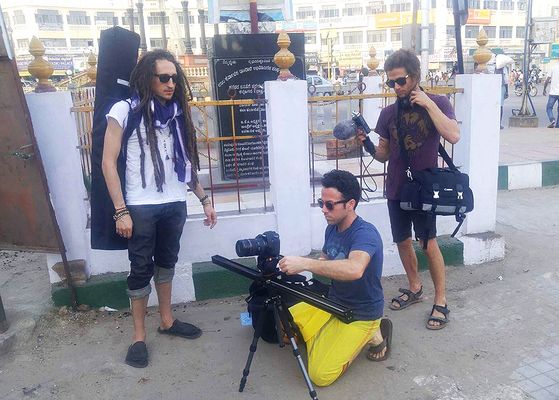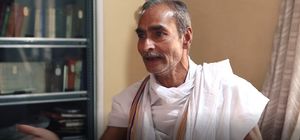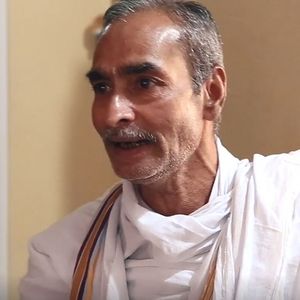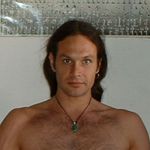Tradition and Innovation! Are they mutually exclusive and will always be the cause of conflict and debate? Or can they coexist peacefully? I believe the answer is yes. Here are some thoughts on why I feel that way and how the two might be combined in a meaningful way.
Tradition – the Basis of our Practice
When we want to tackle the question of tradition vs. innovation – or rather tradition and innovation – we should consider tradition first. Which leads us, banal as it may initially sound, to the question: What is this tradition? How do we define a yoga tradition? Is it simply a sequence of postures that we want to try to trace back as far as possible? And should we base its validity simply on the number of years this particular sequence of yoga postures has been practiced?
I think there is more to a yoga tradition than postures. Most of us started yoga with postures, so of course that is the first thing we are curious about. We all tend to pay attention to the things we are interested in and which validate what we already know. In my eyes, this is also a phenomenon characteristic of our approach in western societies: The western ideas about yoga tend to focus on postural sequences and their exact dates. We try to establish what is most authentic by determining how old it is.
In contrast, there is a very strong yoga tradition in Mysore and many other places in India, which differs from the western approach. This tradition is not as centered on practicing postures as we all might have guessed. Nevertheless, I think it is a vibrant and beautiful tradition!
I will focus on the yoga which has come from Mysore. It is now estimated that half of all yoga posture styles practiced around the world have been directly influenced by Sri Tirumalai Krishnamacharya and his students. Sri Krishnamacharya’s most famous and influential years where the 25 years he spent teaching in Mysore, i.e. roughly from the 1930s to the 1950s. So what kind of yoga tradition does Mysore have? If we look beyond postures, and into a wider range of yogic practices and philosophy in the community of Mysore, we can see that there has been a yoga tradition in there for a very long time.
The Mysore Tradition: More than just Postures
Yoga traditions in India have never been based entirely on asana (postures). There has been a deeply spiritual culture in Mysore which revered breathing exercises, lotus posture, concentration, meditation, chanting, devotion, etc. for at least a thousand years going back to the time of Ramanuja. When the King of Mysore brought Krishnamacharya to teach there, the Sanskrit College was already well established with a huge library of all Indian philosophy. Yoga is one of six major Indian philosophies, and has always been present in Mysore.
Krishnamacharya learned this Ashtanga Vinyasa Yoga in Nepal, or some say Tibet, and he brought in a new emphasis on asana and hatha yoga which was very influential. He was a great scholar and he argued his points about the validity of the asana practices very successfully in the intellectual community of Mysore. We know that Krishnamacharya brought in some new techniques and ideas, but there have always been people practicing yoga in Mysore, in the broader sense, as a philosophy.
Any practice of yoga postures was usually a very private and secret thing before Krishnamacharya's time. Some of the older Indian scholars in Mysore say they learned yoga postures with counting and Surya Namaskara from their families who had been doing the same kind of yoga for generations before they even heard of Vinyasa, or Krishnamacharya. Yoga is an integrated cultural art form and no one can really say how old it is or exactly where it all has come from. So in my view, Ashtanga Vinyasa Yoga is a coherent, well-constructed system that comes out of a very innovative cultural tradition. Innovation is part of the tradition! And this yoga from Mysore is totally steeped in Indian philosophy and culture. The names of the postures tell a story about the sages, deities, animals and cultural icons that are important in the philosophy of Mysore’s yoga community. All this points towards a very rich, beautiful and ancient culture in my mind!
The Roots of Yoga – more than 5,000 years
Is it true that yoga was “invented” more than 5,000 years ago? I think it is more or less true. In my eyes, it depends on how we define yoga. Danny Paradise has always said that yoga has a connection with all shamanic and indigenous traditions and goes back as far as human history. I agree. Probably every civilization that advanced beyond a very primitive stage had some sort of self-cultivation, concentration, physical and mental practices that relate to yoga. When we want to talk about Indian Yoga, we can say it is 5,000 years old, or 4,500 at the most conservative estimate. When we start talking about the yoga postures that we are commonly practicing today, we see the earliest textual references in the minor Upanishads and Tantras. Hatha Yoga Pradipika (around 1,500 AD) goes into more detail. But if we want to discuss the exact sequences of Ashtanga Vinyasa Yoga, we can say they were developed by Sri Krishnamacharya and Sri K. Pattabhi Jois. Those, in turn, are no more than 100 years old, probably even less than that.
Pattabhi Jois: Asthanga finds its Way to the West
Sri K. Pattabhi Jois was certainly the person who communicated Ashtanga Vinyasa Yoga to the west. Without even speaking English fluently, he managed to create huge enthusiasm and dedication in his students. In my eyes, he was a creative genius. He systematized the asanas in a way that made sense and that many people could practice and memorize. To this day, his sequencing and approach is very influential in many forms of yoga throughout the world. His method of teaching turned out some of the finest western practitioners ever, and really ignited a fire in many people. And true to his culture, the way all good Indian teachers do, Sri K. Pattabhi Jois handed all the credit back to his teacher and the tradition that he came from. He never said a word about any of his own contributions.
I think that is where the confusion comes in. He insisted that yoga is ancient, that he was teaching a good method, and that his students should stick to it. What’s wrong with that? There is a lot of humbleness and dedication expressed there. To me, it is endearing! Especially in the yoga scene of today where everyone is trying so hard to think of any possible new twist to put on yoga. The moment anyone thinks of a good idea to add to yoga, they will usually try to brand it, copyright it, and take it to the bank! We have every kind of yoga imaginable now. We are so attached to the material aspects of the practice that we miss the point of the whole thing. We bicker and quarrel about asana sequences that are very modern in light of yoga’s long history, and fail to see the deep, beautiful community and culture that gave them to us.
Never changed anything: Why does every teacher insist on having been giving precisely this sequence from his teacher, who received it from his teacher (and from his teacher and from his teacher…)?
Not every teacher does. My teacher, Sri BNS Iyengar, who just turned 90, teaches a slightly different sequence of Ashtanga Vinyasa Yoga. He can be very innovative when working with advanced students. In fact, no two teachers teach every nuance of yoga exactly the same. No matter how hard we try, it is impossible. I think there is a good reason for fixed sequences. Having an underlying system in common is a brilliant thing and has had a very positive impact on yoga, in my view. The fixed sequences are like the scales a classically trained musician must learn. Anyone trained in the Ashtanga sequences of Sri K. Pattabhi Jois or Sri BNS Iyengar has a particular grace and competency gained through repetition of movement that is very noticeable. I think Sri K. Pattabhi Jois may have made a bigger contribution than anyone else in this regard. When the sequences are fixed, the practice becomes much more concentrated and the standard goes up exponentially.
So in my view, the asanas we are practicing do come from a long tradition. And the yoga community they come from is very old indeed. They just happen to be a little more recently formatted than we would have liked to think. Yoga has been around forever and taken many forms.
The “Indian” vs. the Western Approach: A Love for Tradition vs. Opposition to Anything “Old School”?
I think that there are in fact huge differences between the two spheres. We get bored easily. Every teacher has the same problem. How can we get people to like our classes and want to continue to study with us, and become sincerely interested in yoga? There is no right or wrong in a way! We all see things through the lens or our own minds and often read our own ideas into yoga, just like everything else. So that is the main difference. A more traditional approach would suggest that sometimes we have to put aside the nagging “why this and why that” and just do the practice. Only when the mind becomes calm and clear do we see the deeper meanings behind the practice. As David Williams likes to say, “Before practice the theory is useless, and after practice the theory is obvious.”
“Oh my God – my practice is by far not as old as I thought.” What do I do now?
Just take a deep breath and get over it! There is a tendency for western teachers to want to “validate their selves with antiquity.” We all like to feel connected to an ancient tradition and lineage. Historically, Guru Parampara has never been based on simply following a particular sequence of postures. While the current asana practices are modern and the context which they are practiced in is modern, the philosophy around these practices is very ancient.
We just have to identify which parts of yoga are ancient. The idea that one can gain mental and emotional stability through meditation is very old. Asanas are a step in preparing for meditation. The idea that the sun should be worshiped with a sequence of movements goes back to the Vedas. It is only when we try to say that our particular asana sequences are ancient that we are mistaken. I do not feel that it makes any difference at all!
Yoga has evolved over thousands of years and will continue to do so. What has not changed from ancient times to this day is that it is a great experiment in human consciousness and freedom. Yoga is a science aimed at helping each individual reach their highest potential. The methods have changed many times throughout history according to circumstances, but the fundamental ideas have always been somewhat consistent. Exercise fads are modern, but yoga is ancient. Even if yoga is turned into an exercise fad, it still retains some of its ancient roots and creates a state of mind that is calm and clear and which leads to meditation and the more internal aspects of yoga, for those who choose to explore them
Approaches to Tradition in the Ashtanga Community
Is there a difference in the way the individual Ashtanga “schools” that have developed over time, usually in connection with a specific teacher, approach the facts I’ve described? I don’t really see a difference. We can cling to fantasies if we like, but the facts are pretty clearly established at this point regarding asana sequences.
I think it is interesting to look at the philosophical background as well the asana legacy of Sri Krishnamacharya. Regarding philosophy, Sri Krishnamacharya was an Iyengar. They are Vaishnavas. Their standing is in Bhakti. They follow the teachings of Ramauja and Vishishta Advaita. Yoga has always been an influence in that tradition. In the present era, it is a question of whether a particular teacher wants to focus on teaching asanas only, or if they want to teach the philosophy of yoga along with the asanas.
All the philosophers of Mysore often refer to the Bhagavad Gita and Patanjali’s Sutras among many other texts. While everyone has their own particular views, these teachings are fairly consistent throughout India. It is important to understand that philosophical debate is a huge part of Indian tradition and that they have been arguing about philosophy for thousands of years. But the major texts referred to and the basic concepts are very consistent
How far can innovation go and who gets to decide what’s a “good change” and a “bad change”?
The classical, time tested methods of yoga are safe and effective when taught correctly. Not every crazy, fun new idea turns out to be worthwhile. I think that yoga is evolving rapidly on a physical level in the west, and the standards are getting higher in that regard. Postural yoga has evolved into a health science in both India and the west, and it effectively treats many physical issues. It is being made approachable and available to more people. That is a wonderful thing! But for sustained, intensive practice over time and for establishing one’s own personal practice, I still believe the Ashtanga Vinyasa method of practice is outstanding.
So who gets to decide what is a good change? You do! We all do. But boredom is not a good reason to change things that have been carefully put together. We should all think for ourselves and have personal authority in our own practices. Intention is everything. When we go to a teacher, we are obligated to follow their teaching. When we practice alone, we do as we like. The result tells the story of our intention and whether our approach is successful. Personally, I feel that the more serious practitioners are drawn to fixed sequences that bring one into a meditative state. Yoga becomes devotional and sacred through repetition.
Ashtanga Vinyasa Yoga has a clearly defined approach. We can alter it, but the reasons for making changes are important. Is it to address our physical limitations? It is simply a matter of breaking things down to a level that is accessible and which enables us to heal areas of our bodies that we would otherwise injure by attempting too much too soon? Or is it to look better and make it more stylized and appealing to people watching? Intention comes into play. When the postures are too difficult for us, we rely on the wisdom and techniques of our teachers to help us navigate those issues. Without dedication and sustained interest, there can be no real yoga practice, but we shouldn't forget our common sense! If we believe in a method enough to practice it every day for years, then probably there is something to it. But when we become obsessed with our appearance and the approval of other people, we digress, and the ideas expressed then reflect a kind of vanity and instability.
I would say Vinyasa Flow is the most popular form of yoga worldwide. It is more difficult to teach yoga when there is no underlying structure to follow. In the hands of a masterful teacher with a deep understanding of physiology and the experience to put things together in an intelligent and accessible way, it can be absolutely brilliant. To me, when I look across a room full of people practicing, it is perfectly obvious who is practicing postures that they have carefully refined and practiced over and over until they are fully integrated into the nervous system. This is a hallmark of Ashtanga Vinyasa technique. That level of perfection cannot be achieved by simply playing around with postures, even if there is great athletic ability
Changes going beyond the sequence of postures: Why not, for instance, start practicing with music?
There is no right or wrong there. Music has a very old connection with yoga. Krishnamacharya came from the lineage of Nathamuni, who was a Nada Yogi. Nada is the yoga of sound. I have experienced classes where I found the music deeply moving and very conducive to concentration and the flow of the asanas. Personally, I like it better when there are interludes of silence which give more power to the music when it is played. On the other hand, pop music seems distracting. I prefer to listen to that kind of music at other times. I like to hear my breath. I do not think it is wrong to play music. Again, it just depends on the intention. When I practice alone, I prefer silence.
Having said this, though, let me add a little caveat : Are there two kinds of innovation – i. e. some changes that keep the tradition alive as opposed to others which change its face to such an extent that it becomes unrecognizable in the end? Yes, absolutely. Teachers who have read and understood something about yoga philosophy tend to go towards concentration in their approach. I think there can definitely be a balance! If we want to have fun and play and listen to sexy pop music, maybe that is okay for getting started and getting familiar with the feeling yoga can create in our bodies. If we want to quiet our minds and tune into our breath, it is better to use a fixed sequence. I have not seen a better structure than Ashtanga Vinyasa Yoga. If I had seen one, I would have started practicing it!
My Personal Practice: An Experiment in “Free Space” or Something Rooted in a Deeper Tradition?
Our space is as free as we allow it to be. I would say that anyone practicing yoga of any kind, for reasons that have to do with the mind, emotions, ability to concentrate etc. is practicing yoga authentically, at least to a certain extent. This can include fitness and health, but if that is the only goal, then it is simply exercise.
Should we innovate? Everyone is forced to innovate within these sequences because of the simple reason that the postures are difficult and we can’t do them. The innovations that work for one person may not work for another. Then the art of teaching comes into play. But I see the fixed sequences as a very positive thing. They give us a common ground and foundation from which to work.
It is only when we become obsessive and superstitious about these sequences that they are problematic. In my opinion, to think these asana sequences are ancient recipes for enlightenment, and that it is disrespectful to change them at all is just silly. These exact sequences go back no further than Sri K. Pattabhi Jois, as far as my research has proven. What I was told in Mysore, is that the four original series that Sri K. Pattabhi Jois taught were from the syllabus of his four year course in Yoga at the Maharaja’s Sanskrit College. They come from a tradition of innovation and a wider body of asana practices. Vinyasa Krama is the word used to describe evolving sequences of postures. However, the Ashtanga sequences are very dynamic, and provide a final rendition of a whole era of intense exploration of asana practice. Perhaps that is why Sri K. Pattabhi Jois originally called his establishment Ashtanga Yoga RESEARCH Institute!
Creating your Personal Practice
Everyone can do whatever they want, and they will! I think the best advice is simply to find a teacher that you like and can relate to. Listen to your body and don’t do things that hurt it, no matter what anyone says. Try everything! See what resonates and gives good results. Do not second guess your own inner wisdom. Develop a personal practice! Discipline, dedication and a personal practice are requisites if we really want to explore yoga. We can jump around for a while, but we have to settle into a form and really practice if we want potent results.
In the end, we can have our tradition and innovate within the tradition, as yoga teachers have always done. We need both tradition and innovation. There is no need to be confused or reproach one another about minor differences in asana technique. We should not forget about the part of yoga that says we should also try to be good people! No matter what approach we choose with yoga, only time will tell how successful it is. We need both grounded, sustained effort, and intelligent, skillful use to succeed. The people who fall in love with yoga are the ones who stick with it. It is difficult to love something that repeatedly injures us…Innovation is inevitable.
Many of the views expressed in this article, particularly about the yoga tradition in Mysore, were gained through speaking directly with scholars, elders, yogis and spiritual leaders in Mysore. Mysore Yoga Traditions will be a documentary film about the current views in the intellectual, Sanskrit and yoga community of Mysore. My colleagues and I are working as quickly as possible to bring the film to completion. We hope to have it out by spring of 2017. Stay tuned!
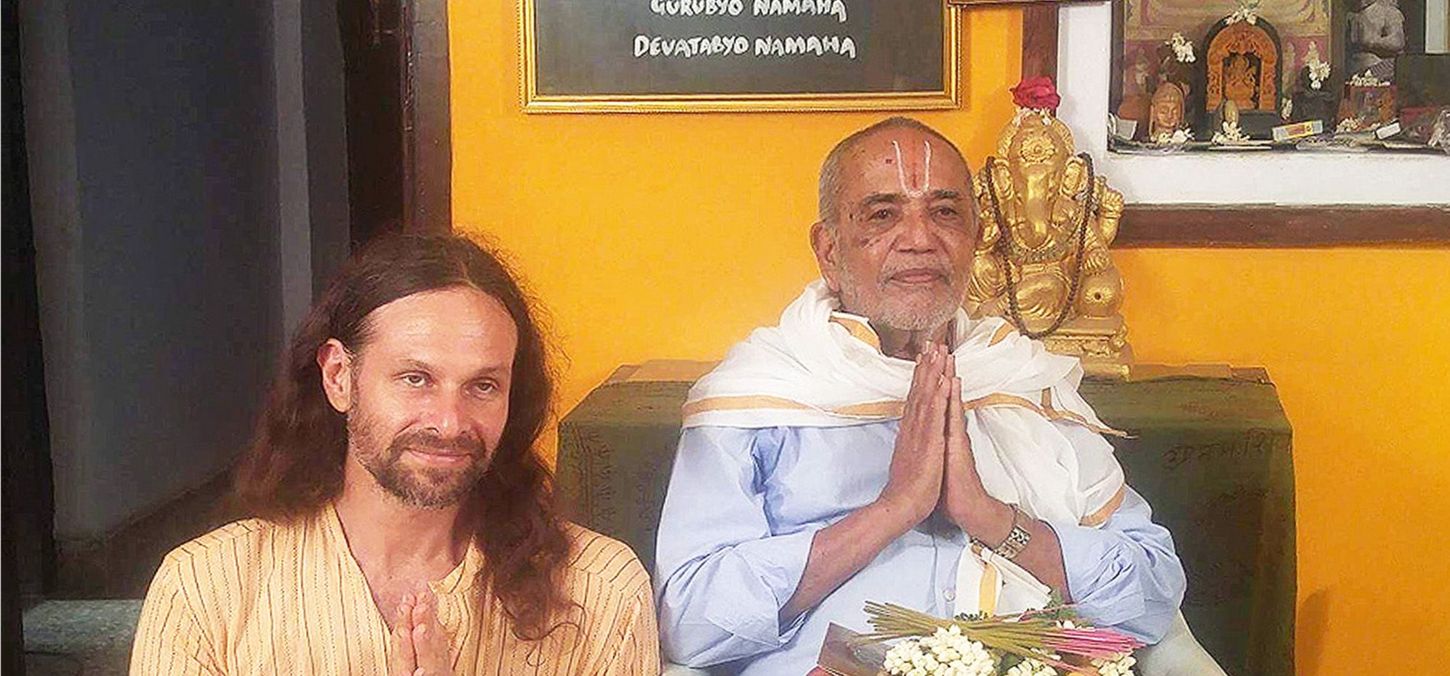

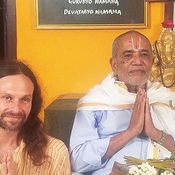
 Andrew Eppler
Andrew Eppler
 Dr. Sabine Nunius
Dr. Sabine Nunius
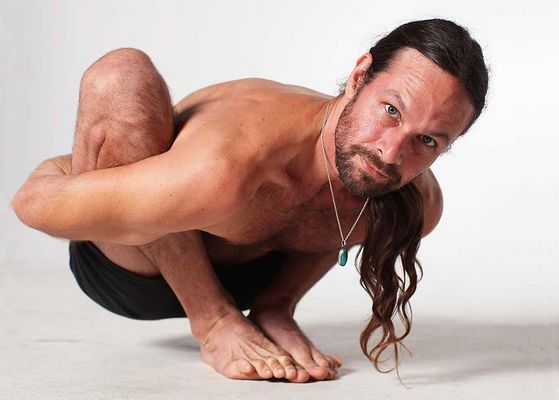
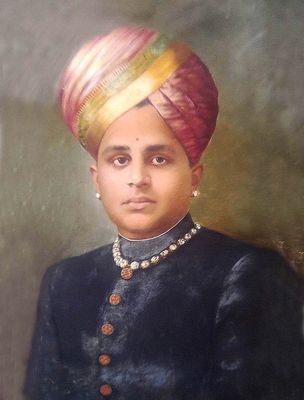

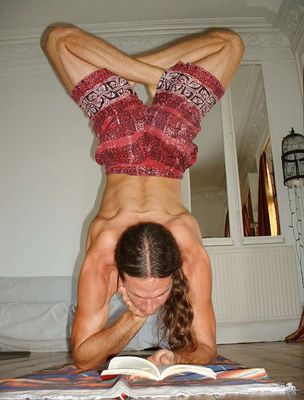
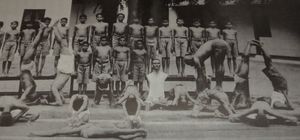
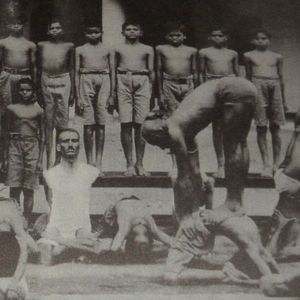
 Dr. Ronald Steiner
Dr. Ronald Steiner
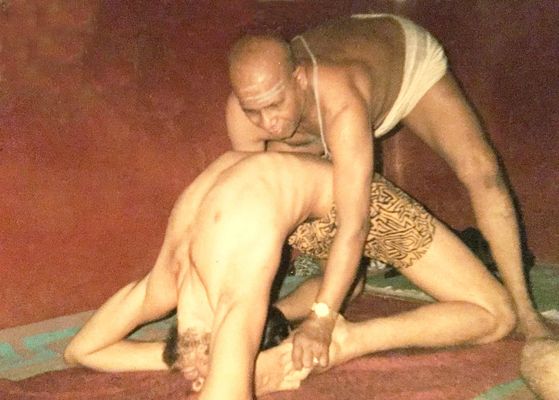
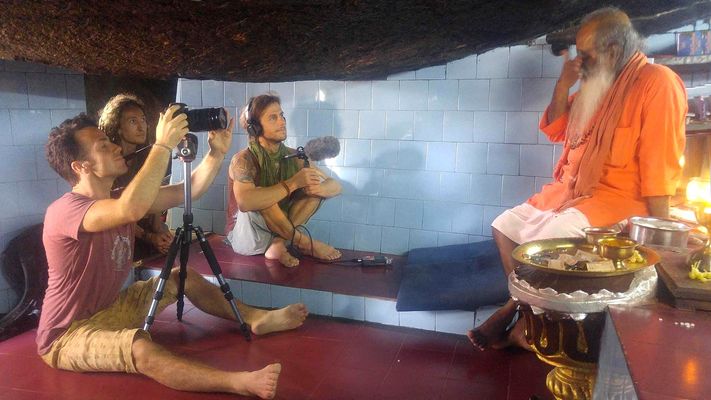

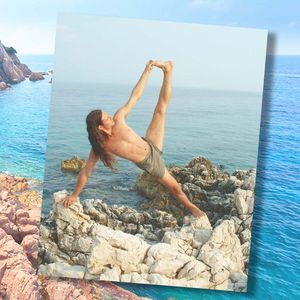
 Andrew Eppler
& more
Andrew Eppler
& more
